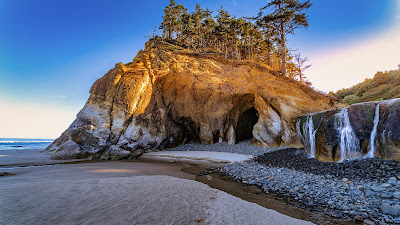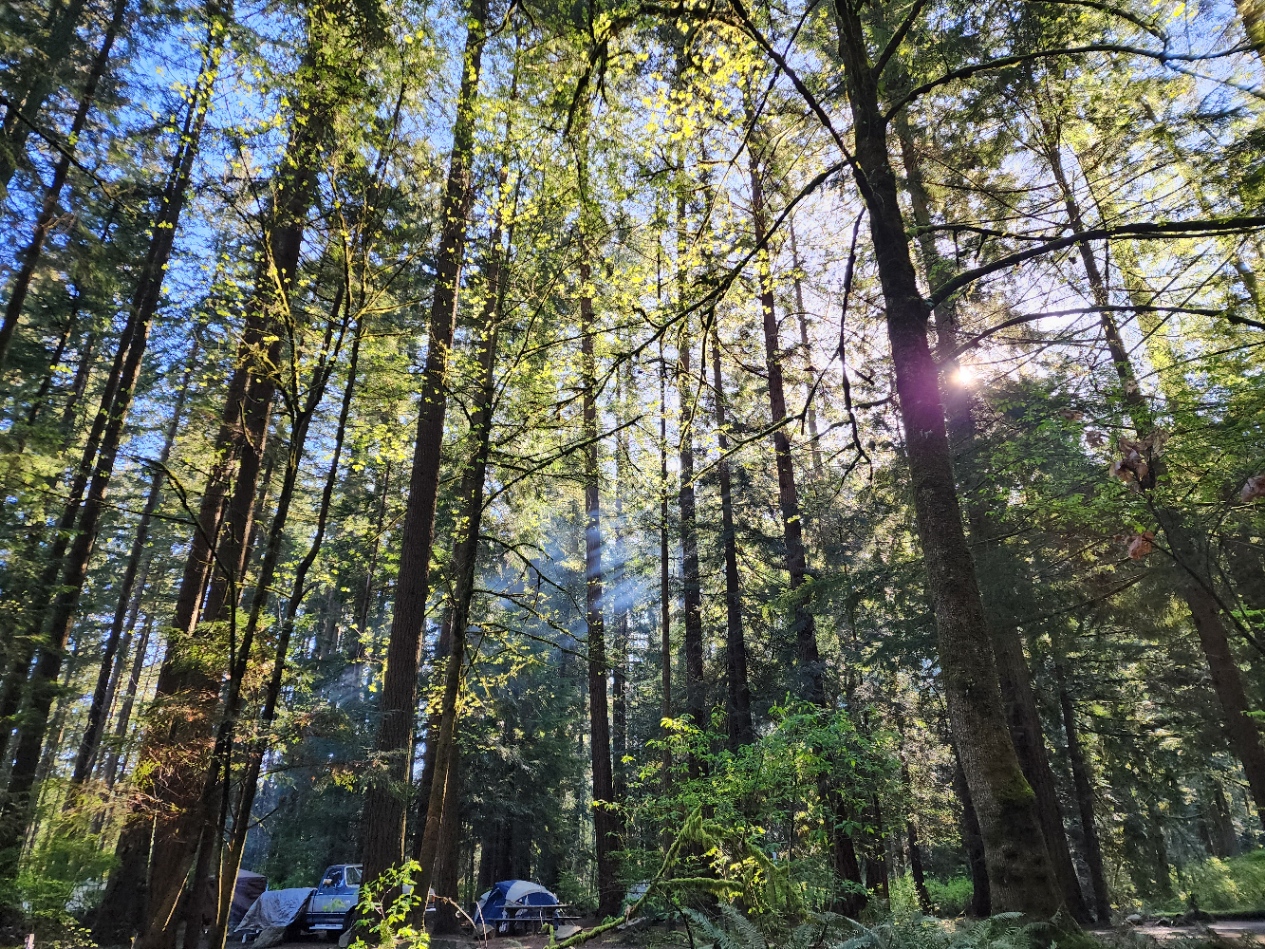When it comes to getting a professional headshot, many
people think it's all about having a good photographer, the right outfit, and
flattering lighting. While these elements are certainly important, there's
another layer of preparation that often goes overlooked—mental and emotional
readiness. This is where a Life Coach can make a significant difference.
Building Confidence
A professional headshot is not just a picture; it’s a
representation of who you are and what you bring to the table. A Life Coach can
work with you to build the confidence necessary to project your best self in
front of the camera. They help you identify and break through any self-doubt or
insecurities that might be holding you back. With the right mindset, you’ll not
only feel more confident, but that confidence will be evident in your photos.
Clarifying Your Personal Brand
Your professional headshot should communicate your personal
brand. But how do you know what that brand is? A Life Coach can guide you
through the process of defining your brand by helping you understand your
values, strengths, and what sets you apart. They assist you in aligning your
headshot with the message you want to convey to potential employers, clients,
or collaborators.
Reducing Stress and Anxiety
The thought of having your picture taken, especially in a
high-stakes situation like a professional headshot, can cause anxiety for many
people. A Life Coach can teach you techniques to manage and reduce this stress.
Whether it's through mindfulness exercises, breathing techniques, or other
stress-management strategies, they can help you approach the photoshoot with a
calm and positive mindset.
Enhancing Your Presence
Presence is about more than just how you look—it’s about how
you carry yourself. A Life Coach can help you develop a stronger sense of
presence, which translates into more impactful body language, facial
expressions, and overall demeanor. This is key to ensuring that your headshot
not only looks professional but also feels authentic.
Setting Intentions
Going into a photoshoot with clear intentions can make a
world of difference. A Life Coach can assist you in setting those intentions,
ensuring that you’re not just aiming for a good picture, but a representation
of your best self. Whether it’s projecting leadership, approachability, or
creativity, knowing what you want to convey helps both you and the photographer
work towards a common goal.
Personal Growth and Transformation
The process of preparing for a professional headshot can
also be a journey of personal growth. Working with a Life Coach allows you to
explore areas of your life that may need attention, leading to transformations
that go beyond the photoshoot. The insights gained during this process can
positively impact other areas of your professional and personal life as well.
Conclusion
Elevate your professional headshot experience by working
with a skilled photographer and a Certified Master Life Coach like me. At
Laura’s Freelance in Spokane, Washington, I go beyond capturing your outer
appearance, focusing on the mental and emotional preparation that ensures your
headshot reflects your inner confidence, clarity, and purpose. My coaching
seamlessly complements the photography process, creating a stress-free
experience with truly impactful results. With sixteen years of photography expertise,
along with my credentials as a Certified Master Life Coach and Image
Consultant, I deliver a Grand Slam Professional Headshot—giving you the best of
both worlds and the support of someone you can trust to guide you through the
process like no one else can.













